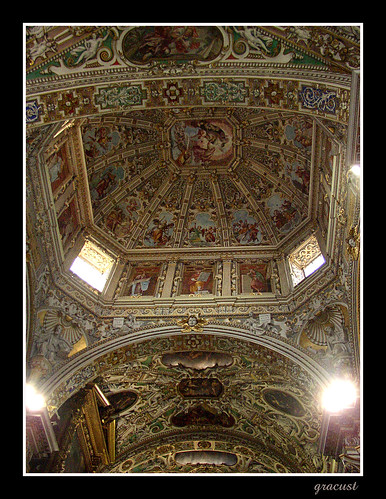How to Care For Your Wall Tapestry - 3 Tips You Should Know About
 There are many variables to take into account when deciding what methods to use for the care and cleaning of your wall tapestry. When it comes to tapestries, the one thing that does not vary is the importance of proper care and cleaning to your tapestry's appearance and longevity. Below is an overview of some of the variables you may need to consider to ensure you are properly caring for your tapestries:
There are many variables to take into account when deciding what methods to use for the care and cleaning of your wall tapestry. When it comes to tapestries, the one thing that does not vary is the importance of proper care and cleaning to your tapestry's appearance and longevity. Below is an overview of some of the variables you may need to consider to ensure you are properly caring for your tapestries:
Tip 1
First and foremost, you must hang your tapestry correctly. Proper hanging techniques for tapestries distribute the fabric's weight evenly over the tapestry. Rod-in-pocket and Velcro(r) hanging techniques are both recommend by textile conservators provided they are done correctly. Hanging considerations:
1. Some new tapestries come with backing fabric and a rod pocket pre-sewn.
2. Custom tapestry companies can add trim, backing, rod pockets, and Velcro(r) to your tapestry.
3. If you are somewhat handy and can sew a stitch, you can do it yourself.
4. Whether a company does it or you do it, make sure to use proper materials. For example, never use sticky Velcro(r). The adhesive damages the tapestry and it does not hold as evenly as sewn Velcro(r).
5. Do not cut corners, especially when it comes to old, fragile, or valuable tapestries. Only allow cotton or other natural fabric and thread to touch the tapestry.
6. In more humid climates, tapestries need to be hung a bit away from the wall to prevent mold.
7. Consult a textile conservator at a college or art gallery for a personal assessment of your textile and how best to hang it.
Tip 2
Second and almost as important, you must clean your tapestry regularly and properly. Remove dust by vacuuming them with the drapery attachment at least twice a year. If you live in dusty areas or own pets, you may need to vacuum your tapestry every other week. Removing dust regularly is the best way to keep bigger pieces of dirt from adhering to your tapestry, so dust often. When you notice that it needs dusting, you have actually waited too long to dust a textile like a tapestry. Dust it about twice as often as you think it needs it, unless you are already a compulsive cleaner.
Tip 3
Deeper cleaning of a tapestry can be much more tedious. If your tapestry is new or relatively new, consult the manufacturer. Otherwise, no deeper cleaning is suggested without consulting a professional textile conservator. Even plain water can damage certain tapestry materials. Also, tapestries are often made with a combination of different materials. The general rule is that one stain is easier to treat than two are. So resist doing anything beyond blotting your tapestry with a white cotton cloth. Then find a professional textile conservator to assess and properly clean your tapestry.
So there you have it.
Keep you tapestry in the best condition possible by properly hanging and cleaning it. Even if it is brand new, hang and clean it properly from the first day you bring it home. With proper care, your tapestry can be an eye-catching piece of art for many years to come.
Tom Matherson writes for Worldwide Tapestries which has a wide range of tapestry wall hangings to enhance any home. Browse a wide collection of the latest wall art tapestry designs in a variety of categories including large tapestry art works.
by Tom Matherson

